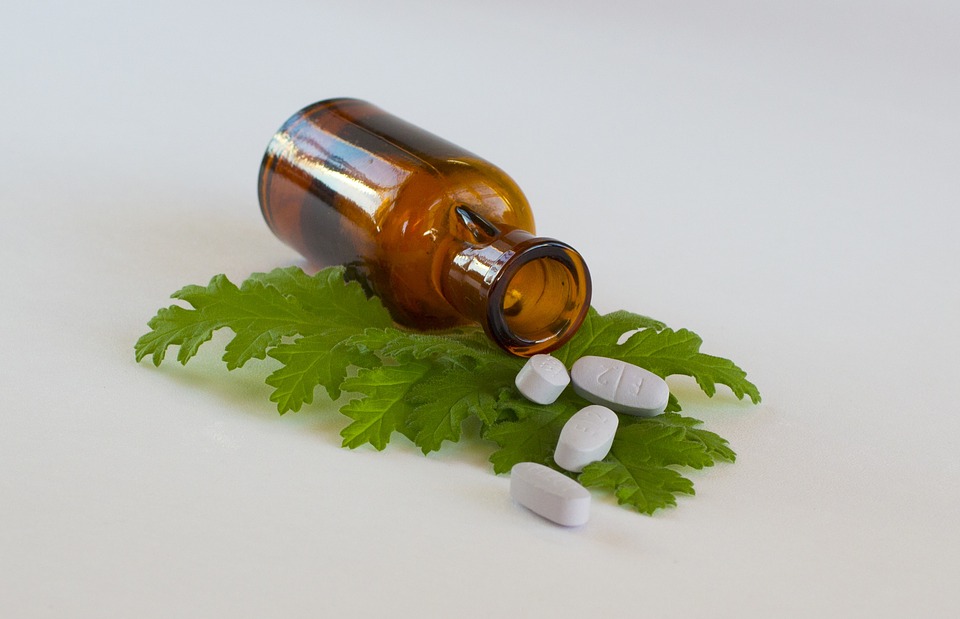INTRODUCTION
The world and Indian sub continent is enriched by a variety of flora both aromatic and medicinal, because of wide variety of climatic factors. Right from the high ranges of Himalayan track up to the sea shore of Kanyakumari numerous types of plants well recognized by the botanist and local people are actually the living treasure of this country.(Krishna Rao and Nigam, 1976). Millions of people in the world will always use herbal medicines because they believe in them and regard them as their medicine, in contrast to the allopathic (conventional western) system of medicine brought in form outside. These medicinal herbs are available locally and are prescribed by traditional practitioners of medicines who are the part of community and in whose presence the patient feels comfortable, Even in western country there is now an increased use of herbal medicines, largely because of a belief that powerful synthetic agents used in western medicines can exert more unwanted side effects and are too often used indiscriminately and irritation ally. Many members of public also have a mistake impression that medicines derived from natural plants are harmless. Although generally natural medicines induce fever side effects than conventional drug, there are plants that cause powerful side effects (Chaudhary, 1995). Among the entire world it is estimated that 35,000 to 70,000 species have been used for medicinal purpose, some 5000 of these have been studies in biomedical research. Herbal medicines continue to play an important role in primary health care. Most of the ingredients have a high therapeutic index and are unlikely to cause toxicity even if used in considerable excess, but there are a few materials with well-recognized toxicity. A common example is death from consuming wild mushrooms. Most compounds have the potential to be harmful, if consumed improperly or in excessive amounts. Some times severe poisoning because of the accumulation if the active ingredients such is the case with the herbs that contain pyrrolizidine alkaloid, which are known for their strong hepatotoxic and carcinogenic action.
In USA, women died after an ointment that contained podophyllin was used to remove a wart from vagina. Aloe may induce kidney inflammation and hemorrhoids; liquorice may cause oedema, hypertension and even cardiac arrest due to severe depletion of potassium and retention of sodium. A case of cardiac arrest due to the excessive ingestion of liquorice has been reported. Long-term use of ginseng results various side effects such as insomnia, nervousness, hypertension, and amenorrhoea. Infants and young children with immature liver enzyme may be more sensitive to the effects of a hepatically metabolized essential oil because of their relative inability to detoxify it. (Tamizhmani et al.2003)
Indian people have a tremendous passion for medicinal plants and use them for a wide range of health related applications from common cold to memory improvements and enhancement of general immunity (Mukherjee, 2005).
Herbs have created in interest among the people by its clinically proven effects like immunomodulation, adaptogenic and anti mutagenic etc. the expended use of herbal medicines has led to concerns relating to its safety, quality and effectiveness. In practice however, three groups of herbs can be identified from a safety point of view. At first a hand ful of herbs that contain near pharmaceutical concentration of poisonous constituents, which should not taken internally. Example: Belladona, Arnica and Digitalis. Second the herbs are with powerful action often causing nausea and vomiting. Example: Lobelia and Euonymus. At last there is a idiosyncratic grouping of herbs which have been alleged with some scientific support, it exhibit specific kinds of toxicity. Example: pyrrolizidine alkaloids containing comfrey, male fern, mistletoe and yohimbe. Toxicants can interrupt metabolism of carbohydrate, lipids, and proteins, alter synthesis release and storage of harmones (Edwin et al. 2005).
Some herbal alkaloids; Vincristine, Rutaecarpine, Evodamine, dehydroevodiamine, class of AQ, triterpinoids and flavonoids serve as substrates, inducers or inhibitors of CYP'S (Harle and Gaikwad, 2005).
Adverse drug reaction reports are a critical source of herbal drug safety information. Artemisia absinthium L contains an active narcotic derivative, which cause central nervous system disorders and generalized mental deterioration. Heliotropium europaeum containing pyrrolidine alkaloids, potent hepatoxins. Valerian officinalis containing valepotriates, which acts a sedative and muscle relaxants in laboratory animals. In the WHO database, there are presently11, 716 suspected herbal plants case reports. The commonly reported reaction are; pruritus, urticaria, rash, rash erythematous,nausea, vomiting, diarrhoea, fever, abdominal pain, dyspnoea.(Patvardhan, 2004)
The risk that the alkaloid Berberine in chinese coptis species elicits jaundice seems to be most substantial in infants who are deficient in glucose 6 phosphate dehydrogenase. The root of Saliva miltiorrhiza which has been used traditionally in china for the treatment of coronary disease can enhance the anticoagulant activity of warfarin, when both drugs are taken together.(Dureja et al.2005)
The world health organization (WHO) released guidelines for good agricultural and collection practices for medicinal plants an industry estimated worth more than US $60 billion. One of the major causes of adverse events is directly linked to the poor Quality of herbal medicines, including raw medicinal plant materials, and to the wrong identification of plant species. Cultivating, collecting, and classifying plants correctly are therefore of the utmost importance for the quality and safety of products. Other species or plants parts through misidentification, accidental contamination or intentional adulteration, all of which may have unsafe consequences, may contaminate medicinal plants collected in the wild (Medicinal plants, 2004).

